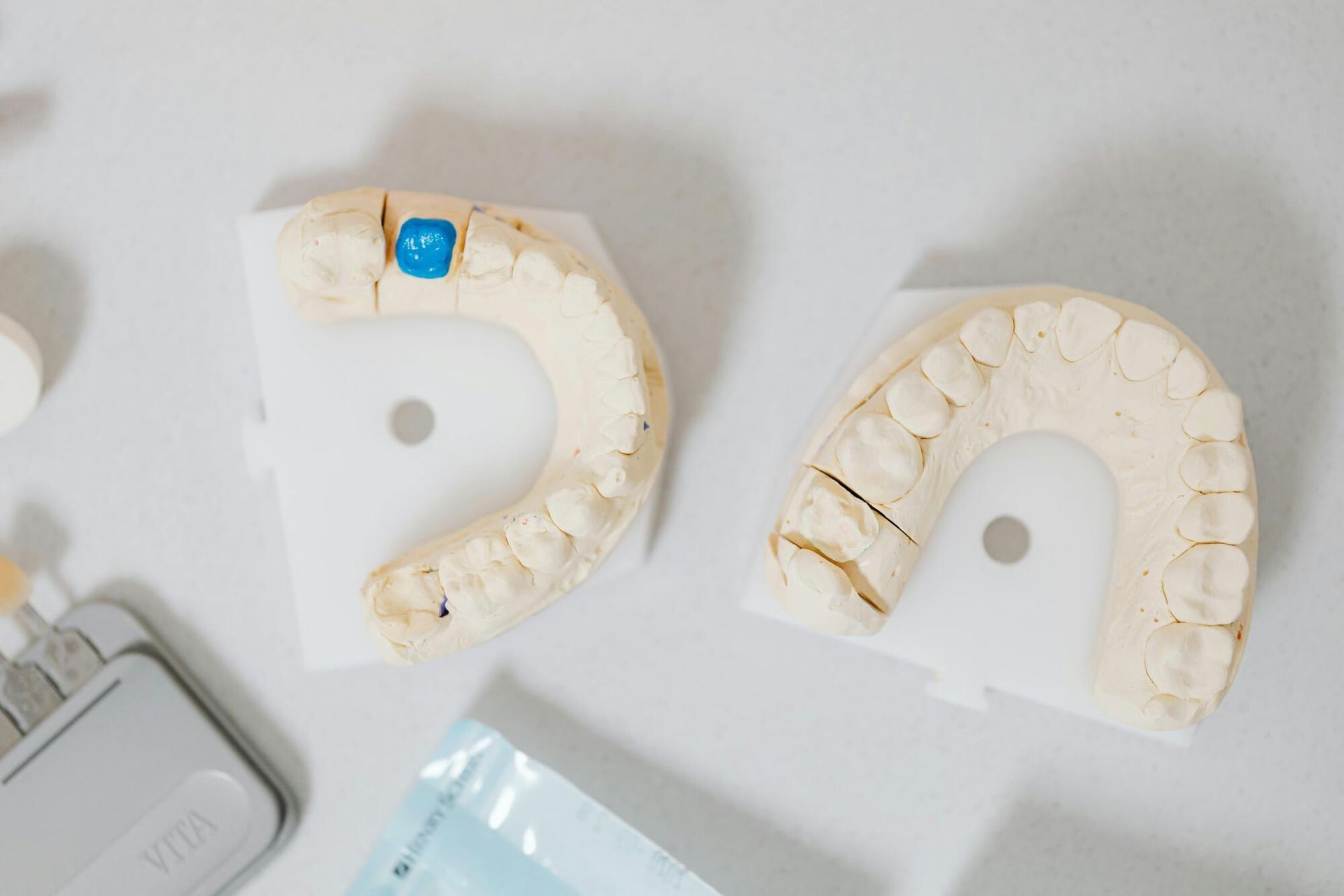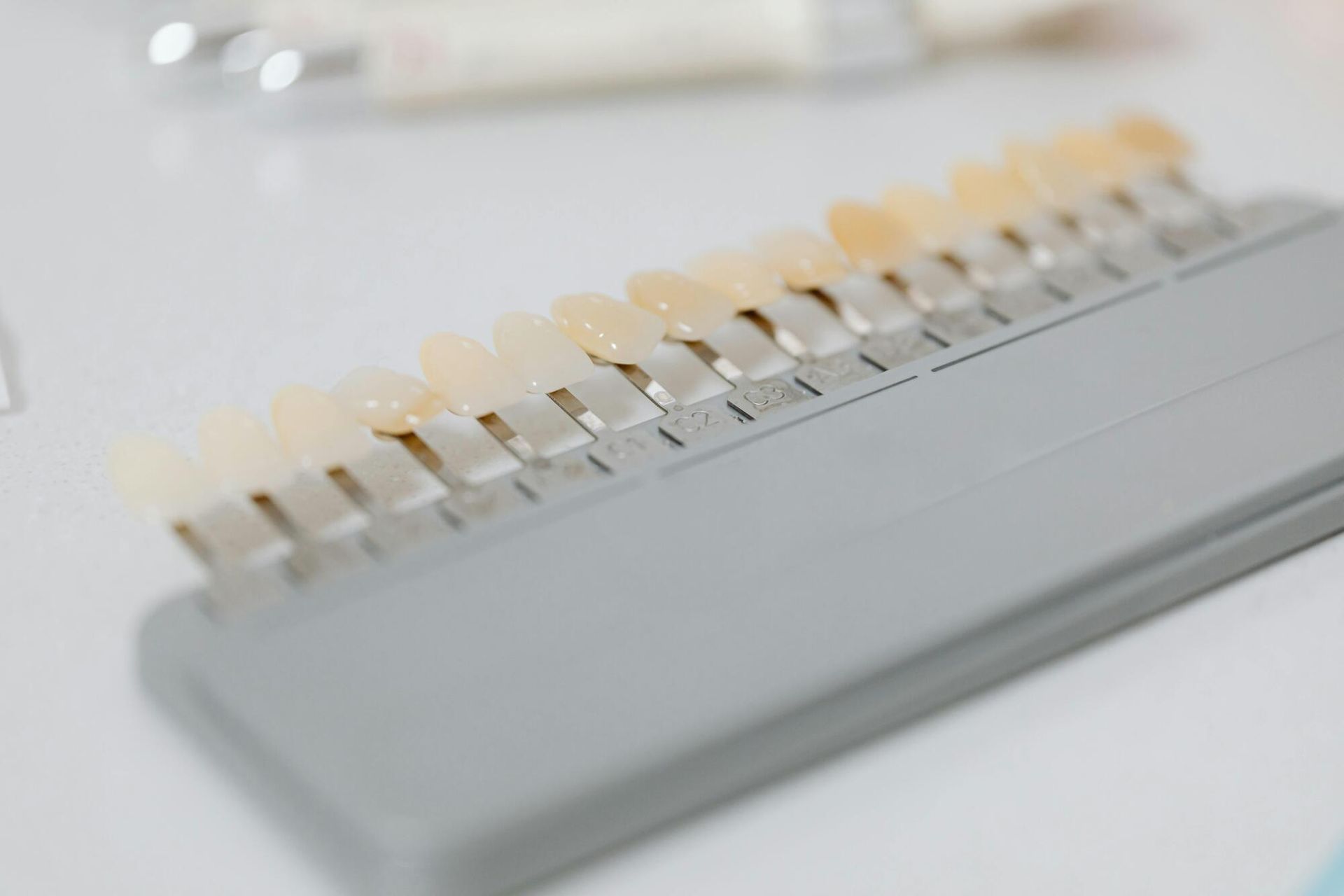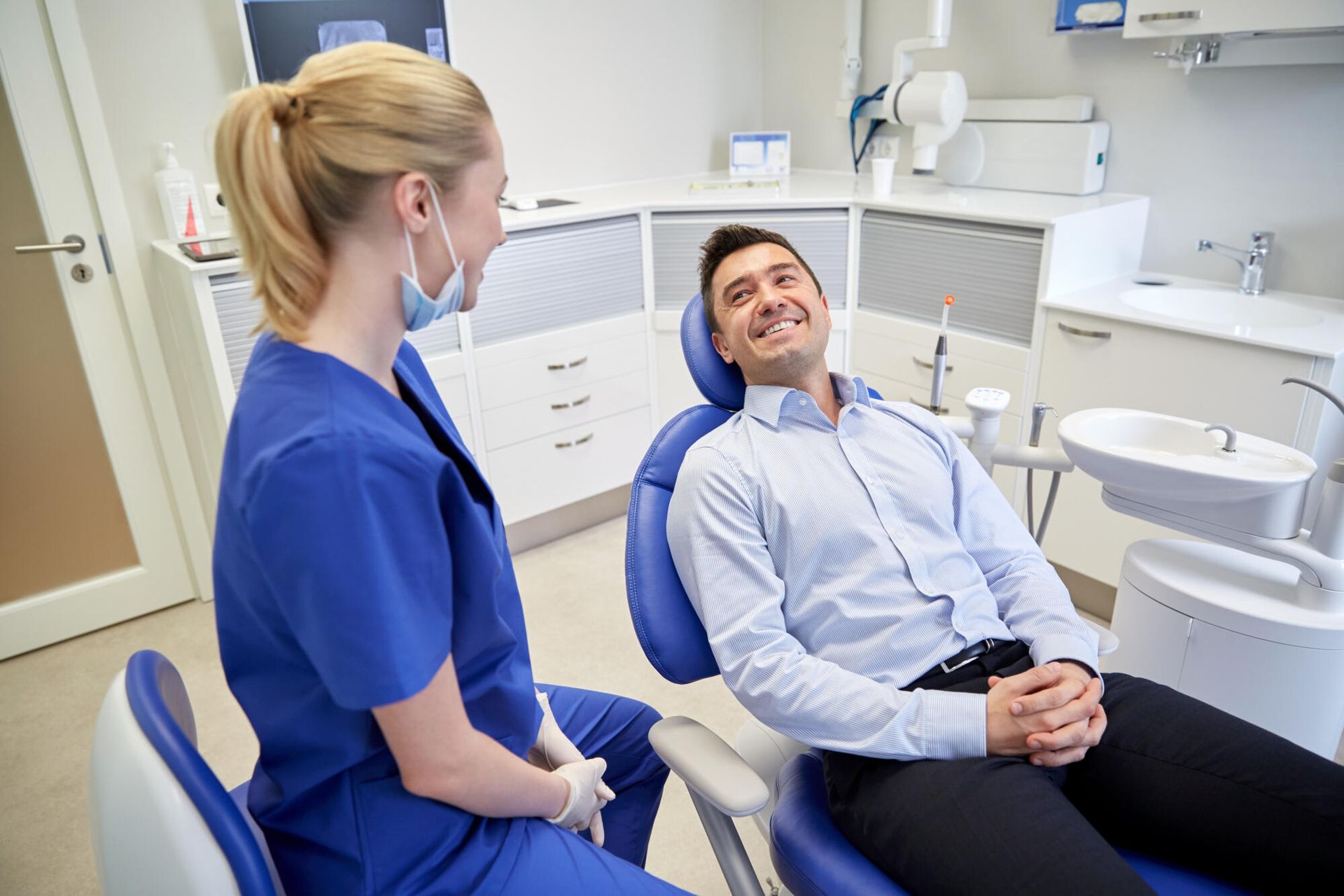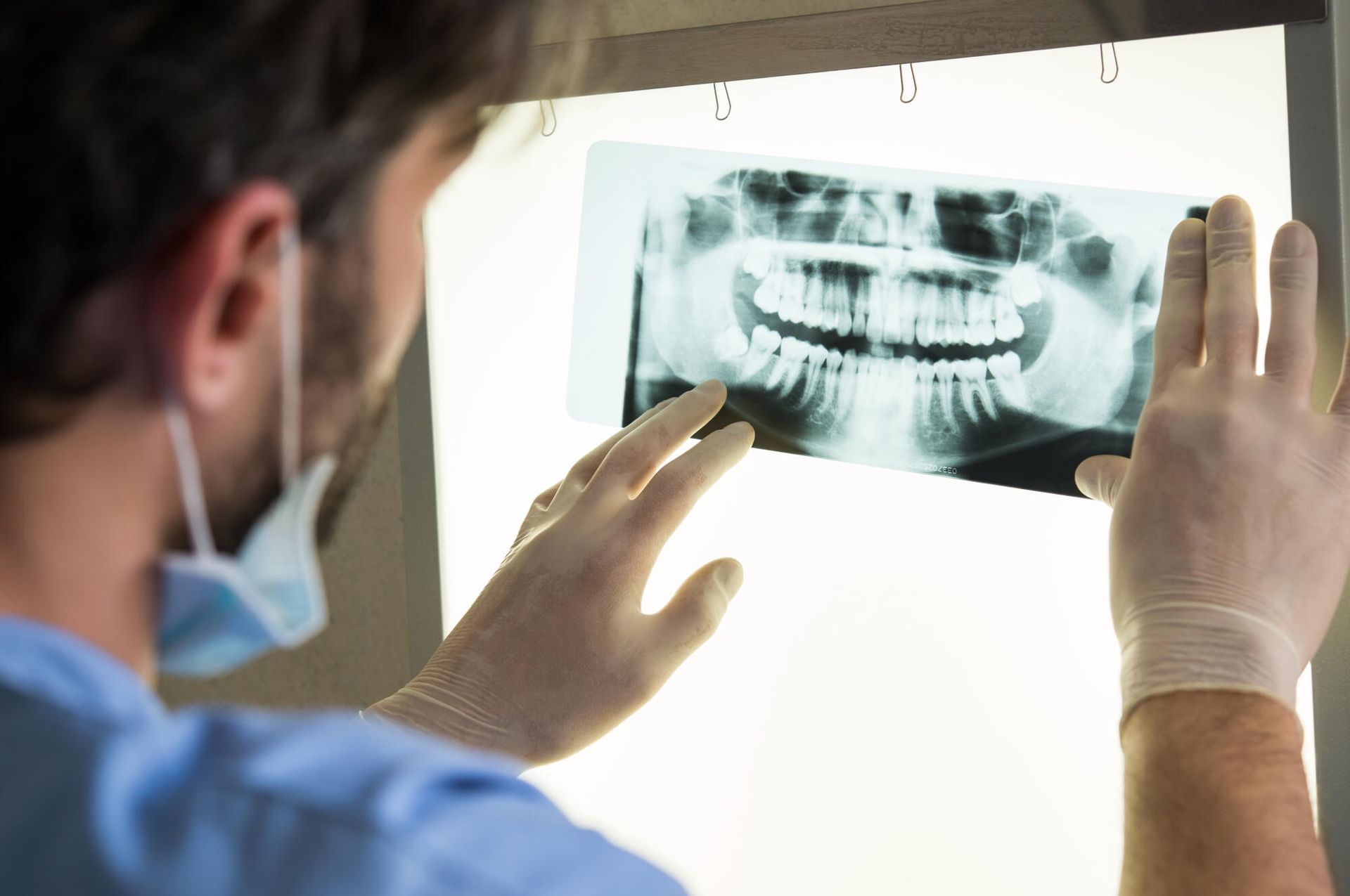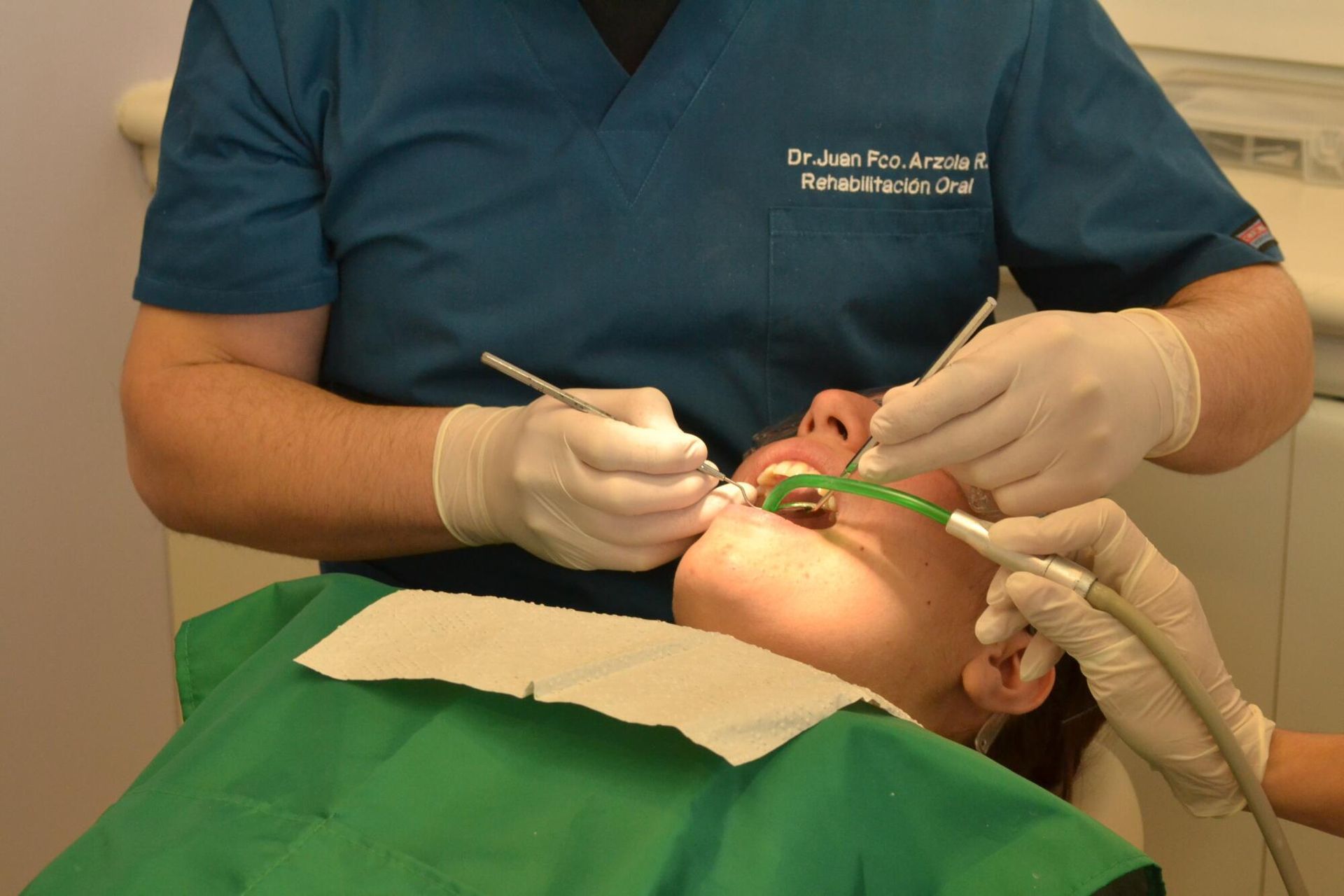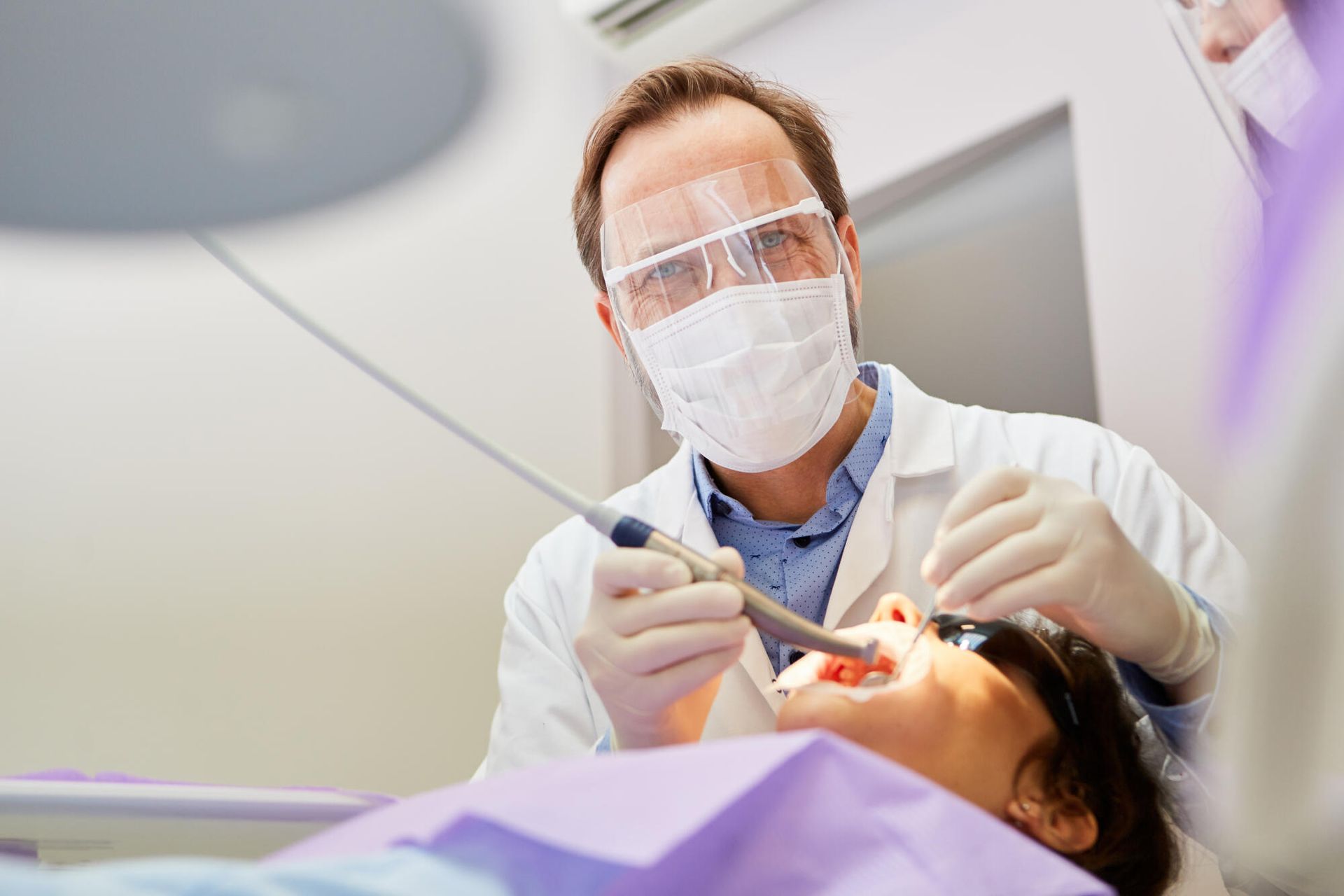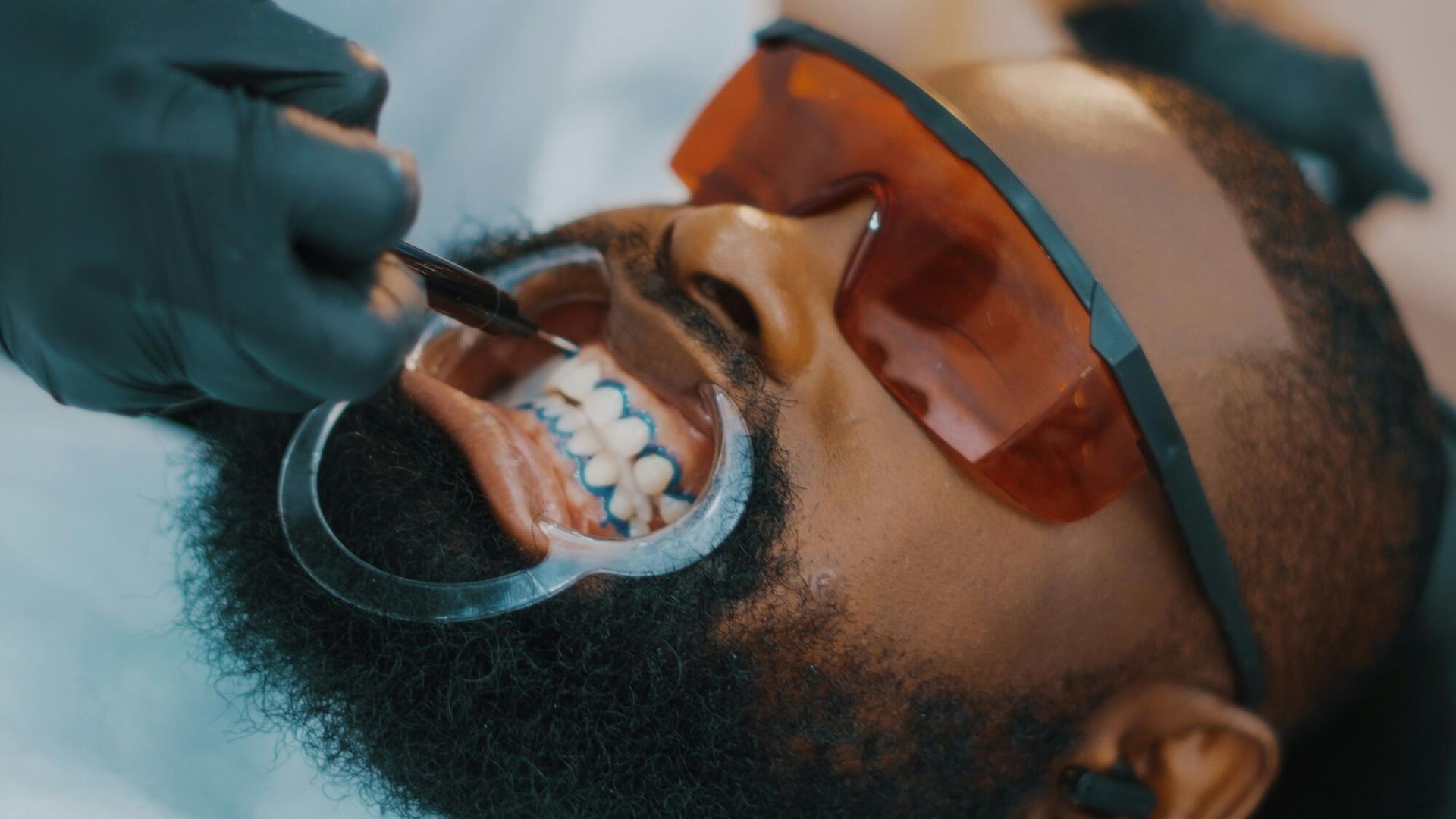Dental Abscesses
About 3.5 million people worldwide have oral disease. Anything from a cavity to an abscessed tooth can affect your oral health. Unfortunately, neglecting your oral health can compromise your overallhealth.
What exactly are dental abscesses, and how can you start preventing tooth abscesses at home? Read on to find out. Protect your health with these dental care tips today.
What Are Dental Abscesses?
A tooth can become infected in or around the root, causing a pocket of pus to form, causing a dental abscess. Anyone who neglects their oral health can develop an abscess.
A dental abscess won't get better on its own. You'll need to visit a dentist or endodontist (they specialize in dental pulp and nerve diseases).
Without treatment, the infection could spread beyond your jaw. You could develop serious, life-threatening complications. You'll likely experience moderate to severe pain that radiates to the ears or neck.
Types
There are three common types of dental abscesses, which vary based on location:
- Periapical abscesses
- Periodontal abscesses
- Gingival abscesses
Periapical abscesses develop on the tip of a tooth's root. Bacteria can enter the innermost part of a tooth through a chip, crack, or deep cavity. They often occur if you have an untreated dental cavity.
An injury or prior dental work can also cause this type of abscess. The resulting infection can cause swelling or irritation at the tip of the root.
Periodontal abscesses form on the gum next to a tooth's root. The latter can spread to surrounding bone or tissue. These abscesses are usually the result of gum disease.
Gingival abscesses develop on the gums. They don't often affect nearby teeth or supporting structures.
Signs of a Dental Infection
The main signs of a dental infection include pain and inflammation. You may experience throbbing pain near a tooth or in the gums, which can worsen over time.
Other symptoms include:
- Discolored teeth
- Loose teeth
- Pain that radiates to the jaw, neck, or ears
- A foul taste in your mouth
- Tender or swollen lymph nodes
- Bad breath
- Tooth sensitivity
- Swollen and/or red gums
- Facial swelling and redness
- Pain when eating
- Pain that worsens when lying down
- Discomfort with hot or cold temperatures
- Fever
The abscess could rupture, leading to immediate pain relief. You'll notice a bad taste in your mouth as the pus drains.
Preventing a Tooth Abscess
The primary risk factors for developing a tooth abscess include:
- Dry mouth
- A diet high in sugar
- Poor dental habits and care
- Smoking
- Having a weakened immune system
Some diseases can lower your immune system. This will make it harder for your body to fight off germs, increasing your risk.
Talk to your dentist to discuss the oral health issues you've experienced in the past. They'll determine if you're at risk of developing an abscess. Their dental care tips can help prevent tooth abscesses.
Start by developing an at-home oral health care regimen. Brush your teeth twice a day to remove food particles, plaque, and bacteria. Floss daily to reduce your risk of dental health problems.
A diet that's high in sugar can increase your risk of developing cavities. Remember, an untreated cavity can increase your risk of a periapical abscess. About 25.9% of adults ages 20 to 44 have untreated cavities.
A dry mouth can increase your risk of decay. It could be caused by aging, certain medications, or an underlying issue. Talk to your dentist to determine the root of the problem.
Other prevention tips include:
- Drinking water that contains fluoride
- Visiting your dentist regularly for checkups
- Professional dental cleanings
- Replacing your toothbrush every three months
- Eating a healthy diet
- Limiting sugary items
- Using antiseptic or fluoride mouthwash
Visit an emergency dentist right away if you have a damaged tooth, gum disease, or cavity. These dental health issues can create an opening for bacteria. If the bacteria affect your tooth, you could develop an abscess.
Dental Abscess Treatment
Visit your emergency dentist immediately if you notice signs of a dental infection. They'll examine your teeth and gums. To identify the abscess, your dentist may request X-rays or a CT scan.
Dental abscess treatment can remove the infection.
Your dentist may open (incise) and drain the abscess by cutting into it. Then, wash the area with saline (salt water) or place a small rubber drain while the swelling goes down.
When treating a periodontal abscess, your dentist will drain the abscess and clear the periodontal pocket. Scaling and planing will polish the surface of the tooth's root.
For a periapical abscess, a root canal can remove the infection and save your tooth. During this procedure, the dentist will drill into your tooth. They'll remove the diseased pulp (tissue) before draining the abscess.
Afterward, they'll fill and seal your tooth's pulp chamber and tooth canals. They may cap your tooth with a crown to restore its functionality. With care, your tooth could last a lifetime.
Some dentists recommend pulling affected teeth if they can't be saved. They'll drain the abscess to remove the infection.
Your emergency dentist may recommend antibiotics if the infection has spread to your jaw, nearby teeth, or other areas. This will keep it from spreading further.
The prognosis for a dental abscess is poor when left untreated. The mortality rate increases to 40% when patients develop mediastinitis from a descending infection.
Your airway could become compromised. In rare cases, it could travel to your brain, causing bacterial meningitis. Alternatively, the infection could travel to your heart, causing endocarditis.
Seek Treatment for Dental Abscesses
Don't leave yourself at risk of developing dental abscesses. Instead, improve your oral health and visit your dentist twice a year. Routine visits and professional cleanings can lower your risk and help you maintain a healthy smile.
If you develop a dental abscess, make sure to visit our team at Heather Martinson Family and Cosmetic Dentistry. Our friendly staff is dedicated to creating a positive experience for every patient. We offer comfort-focused care using the latest technology and comprehensive services.
Discover why Arlington, TX, families have trusted our expert care for over 25 years. Contact us now to schedule your next appointment.
Dr. Heather E. Martinson
